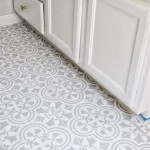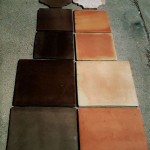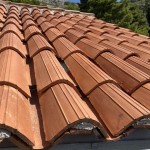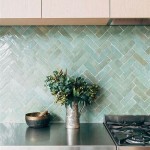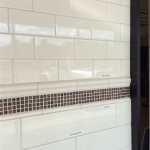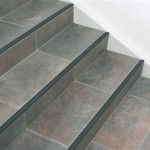Which Side Of Cement Board Do You Tile On: Unraveling the Mystery
Cement board is an increasingly popular substrate for tiling due to its durability, moisture resistance, and ease of installation. However, when it comes to tiling, the question of which side of the cement board should face up often arises. This guide will delve into the distinctions between the two sides of cement board and provide clear guidance on which side is appropriate for tiling.
Understanding the Anatomy of Cement Board
Cement board typically comprises a blend of Portland cement, sand, and cellulose fibers. It is produced in rectangular sheets with two distinct sides:
- Smooth Side: This side features a smooth, flat surface designed to accept the tile adhesive and tiles.
- Textured Side: The reverse side of the cement board often exhibits a rough or textured finish.
Which Side to Choose for Tiling
The smooth side of the cement board is the designated surface for tiling. Its smooth texture promotes optimal adhesion between the tile adhesive and the cement board.
The textured side serves a different purpose. The rough surface enhances the mechanical bond between the cement board and the underlying substrate, such as plywood or concrete. It is crucial to note that the textured side should never be exposed to the tile adhesive or tiles. Doing so can compromise the adhesion and lead to premature tile failure.
Reasoning Behind the Smooth Side for Tiling
- Adhesion: The smooth surface of the cement board provides a more uniform surface for the tile adhesive to adhere to.
- Consistency: The flat surface ensures that all tiles are installed at an equal level, minimizing the risk of uneven or tilted tiles.
- Efficiency: Applying tile adhesive to a smooth surface is easier and requires less material, saving both time and resources.
Additional Considerations
- Clean the Surface: Prior to tiling, thoroughly clean the smooth side of the cement board to remove any dust, debris, or contaminants.
- Use the Correct Adhesive: Select a tile adhesive specially formulated for use with cement board to ensure proper adhesion.
- Proper Installation: Follow the manufacturer's guidelines for installing the cement board and tiles to guarantee a long-lasting and durable installation.
Conclusion
When tiling on cement board, the smooth side is the designated surface for receiving the tile adhesive and tiles. The textured side provides mechanical bonding to the underlying substrate. Understanding this distinction is essential for a successful and long-lasting tile installation.

How To Install Cement Board For Tile Projects Diy Family Handyman

Easily Install Cement Board To Prep For Tile Installation

Easily Install Cement Board To Prep For Tile Installation

How To Install Cement Board The Home Depot

How To Install Cement Board The Home Depot

How To Install Hardiebacker Cement Board On Floors James Hardie Pros

Tile Installation Backer Board Around A Bathtub Family Handyman

How To Install Cement Board The Home Depot

How To Install Cement Backer Board For Floor Tile Installation The Home Depot

How To Install Cement Board In 3 Easy Ways Q2 2024 Infographic
Related Posts

